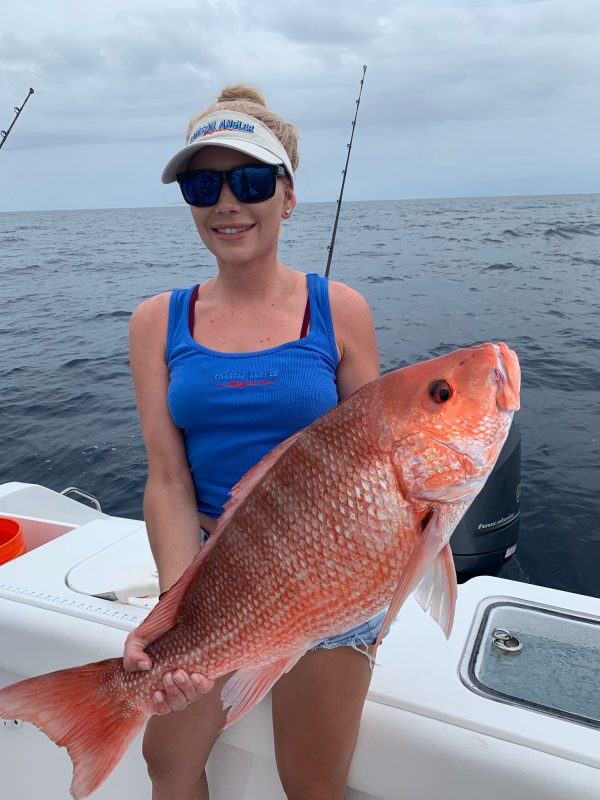“Thermocline” Friend or Foe?
Thermocline isn’t a four letter word to most fishermen, it’s much worse. By definition a thermocline is an oceanic water layer in which water temperature decreases rapidly with increasing depth. In depths greater than 660 feet there is a permanent thermocline. A seasonal thermocline occurs in the shallower water depths in latitudes marked by distinct seasons. Water temps are governed by salinity and temperature. This seasonal thermocline is a result of solar heating (hot summer temperatures) and is destroyed by increased surface turbulence (hurricanes and northeasters). NE Florida blessed with warm, calm summer weather bears the curse of thermoclines.
We know why we have thermocline conditions but the question is, how do we deal with them?
· Step one is to recognize its presence. A thermocline is marked by the absence of fish / bites on the bottom. Sometimes you will even mark the colder sediment layer on your fathometer. The deeper water from 21 to 28 fathoms is affected first. I have seen years when the shallower water from 60 to 100 feet had little or no thermocline. When this happens the fishing can be phenomenal in the near shore waters. Remember, fish have tails and like us they will go where it’s warm and there’s food. Some species stay positioned even when a thermocline occurs. Amberjack, Cobia, African pompano, and Mangrove snapper are a few species that will hold high in the water column above the cold water.
· Step two is to look in the right place. The larger ledges and wrecks will usually hold these species. Skip the smaller spots and focus your efforts and attention on the larger areas.
· Step three is to know what you’re looking for. Look for fish high in the water column above the thermocline layer.
· Step four is proper tackle techniques. If the fish aren’t on the bottom you obviously aren’t going to fish the bottom. Depending on current strength, light or no lead is required. Use just enough weight to get your bait slowly descending downward in the water column. Water clarity makes the use of fluorocarbon or lighter lines advantageous. I like 30# tackle but doesn’t matter if you use spin tackle or conventional. Hook size should be 4/0, unless you want to fish large live baits for Amberjack.
· Step five is anchoring. You should position your vessel ahead of the structure. The fish will mark up current – if the fish mark north of the structure the current is flowing to the south, so make sure you anchor ahead rather than behind (see step 6).
· Step six, chumming is a must; therefore, (see step 5) vessel position is critical. In order for your chum to be effective you must be anchored properly. Sometimes a little chum will do and sometimes it takes a lot. The idea is to draw fish to you and keep their focus on the bait. Most of the time you will see them just below the surface.
· Step seven is bait. I prefer sardines or boston mackerel as bait but I also use them as chum. Professional chum will work as well. Live bait is not necessary but will increase bites if the fish are on the finicky side. The absence of naturally occurring bait fish results in less picky predators (they are hungry!) so use to your advantage. Sometime you may have to stay on site awhile to get fish fired up. The more severe the thermocline, the less picky the fish are. Another result of chumming is you will also catch pelagic species such as Mahi, Black Fin Tuna, and King Mackerel
Instead of cursing a thermocline condition and leaving your boat on the trailer or at the dock, use this condition to your advantage and experience some phenomenal fishing.
Tight lines,
Capt. Rob

